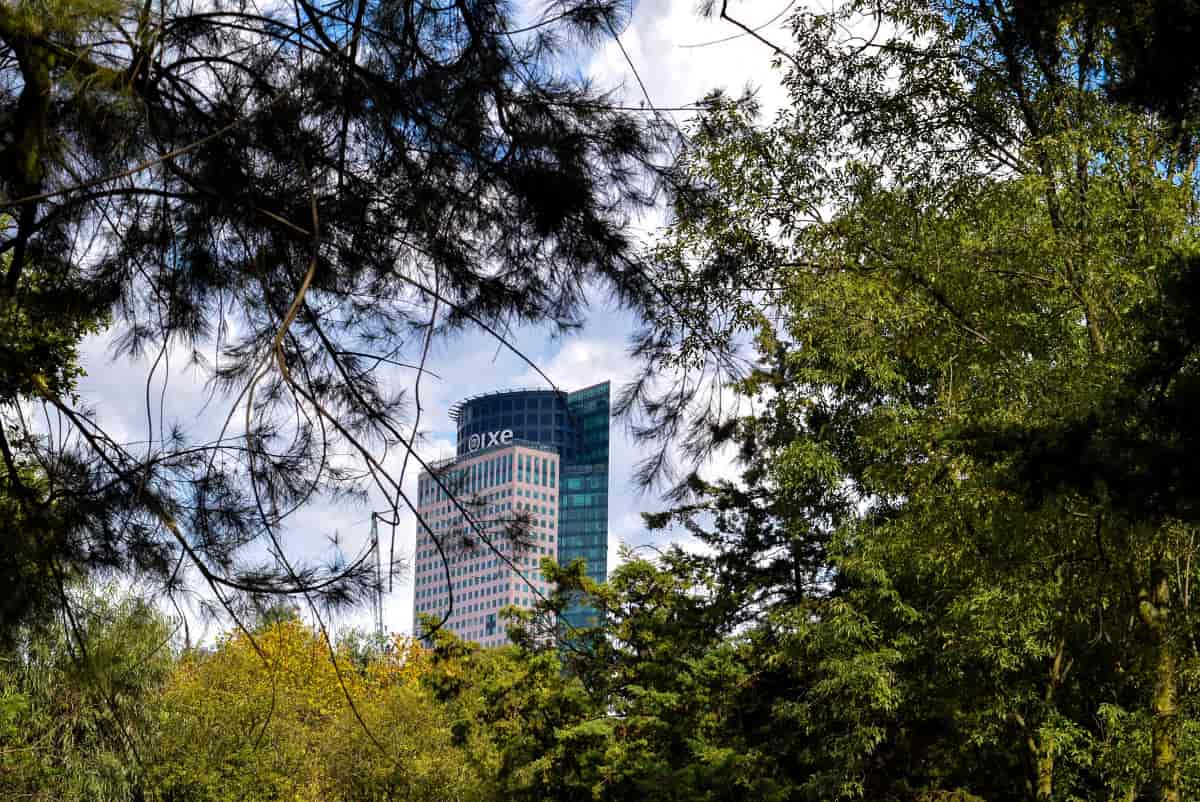The Benefits Provided by Urban Natural Protected Areas
Although they are key green belts for maintaining hydrological ecosystem services, they lack a relevant place on the political agenda permanently. Participatory forest restoration considers the development of integral and collective processes.





